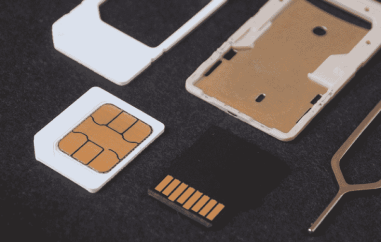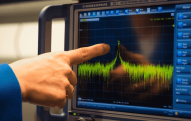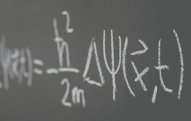Spreading your fingers improves your swimming
Record-breaking swimmer Michael Phelp has everything he needs to be a phenomenon in the pool: he's tall, has a long torso, a two-metre "wingspan", size 47 feet and hands the size of dinner plates. But a study, published last month in the Journal of Theoretical Biology, adds an interesting twist. They found that an often overlooked part of good swimmer's bodies could be key in helping the likes of Phelps power through the water: the fingers, and more precisely, the way they are held in the water.
The study, led by Dr. Sylvie Lorente from the University of Toulouse in France, used the constructal law of physics, which co-author Dr. Adrian Bejan of Duke University, helped to formulate back in 1996, and found that spreading the fingers just right in the water can result in a 53-percent increase in total force. "The optimal distance between fingers is half the diameter of the finger" Said Dr. Bejan.
"This study is an example of how body configuration can be adjusted just a little in order to acquire a significant change in force," Bejan said.
Greater force is the key to going faster in the water, and producing greater force is the job of the hands.Â
"Big waves like a tsunami travel fast because they have a big wavelength and amplitude," Dr. Bejan told The Munich Times (TMT) in a phone interview. "A faster swimmer is one who looks like a bigger wave, and how you get bigger above the water is by having the force to lift yourself above the water, which you do by having greater downward force."
Generating downward force is the job of the palm of the hand, and while spreading the fingers to gain force might seem counterintuitive, if it is done correctly, it creates an invisible web between the fingers that translates into force and speed, the study found.
When a swimmer's hand is slicing through the water, "...the immediate vicinity of the finger, there's a layer of water that gets back to the finger. Think of it like honey stuck to a spoon," Dr. Bejan explained. "The finger moves and a sheath of water essentially moves with it, creating a finger that looks thicker than it really is". Spreading them slightly in the water achieves that.
The swimmer's fingers study is the latest based on the constructal law, which holds that "Anything that moves, from rivers to trucks on highways to swimmers and runners, does so with morphing configurations that allow movement to be easier and easier," Bejan said.
A paper Dr. Bejan submitted just before the Beijing Olympics in 2008 used the constructal law to accurately predict that the "next champions would be bigger and taller, and, sure enough, we got Hussain Bolt (track) and Phelps."
Dr. Bejan says he has had a tsunami of emails from people who think he can predict who will stand on the top step of the podium at the Olympic Games in London.
"Watch: Tall, svelte athletes," he told TMT, "Especially if they spread their fingers in the pool."
Original Article:
"The constructal-law physics of why swimmers must spread their fingers and toes" (DOI: 1j.jtbi.2012.05.033)



































